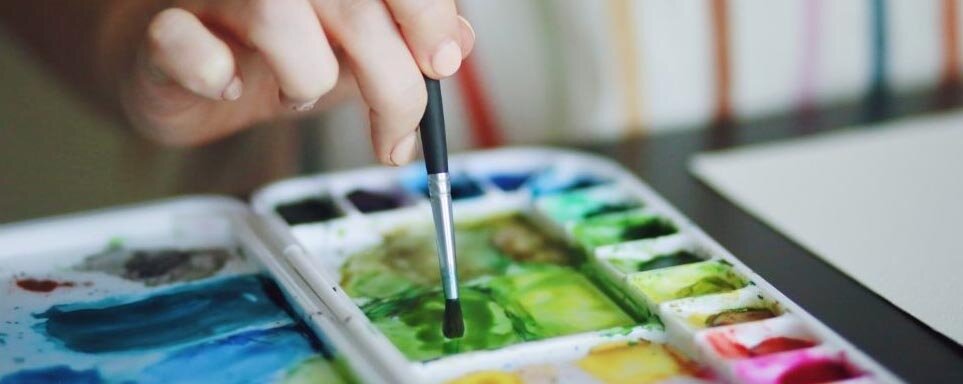
Art Therapy
Art therapy—it’s all about insight
People often ask me, “But what if I’m not good at art?”
I get it! It’s understandable to be hesitant about this. Even though we’re all born with the instinct to create, most folks aren’t presented with the opportunity—or encouragement—to develop their creativity after elementary school.
The good news is, art therapy requires no special artistic skill or experience.
It’s not about making masterpieces. It’s about bringing things that have been living inside of you out into the cool light of day. Being able to look at them objectively together in this way gives us a big advantage over talk therapy alone. We’re engaging both the left and right sides of your brain—integrating the part that remembers your experiences in words, with the part that holds the emotions connected to those stories. Therapy is all about examining and changing the narratives we tell ourselves over and over unconsciously. Art fills in the emotional nuances of those narratives, so they’re more accurate and beneficial to you.
Art therapy is similar to dream analysis. It’s based on the principle that there are messages your unconscious mind is trying to tell you. Some emotions and memories are stored in the body and the brain’s visual centers, but not readily accessible by the conscious mind. I’ll help you bring those messages to light. We’ll work with psychodynamic archetypes and develop a language of symbols and meaning that is unique to you.
Online art therapy is simple to do, and the materials you need to start are easy to find.
Things like colored pencils, markers, oil pastels and watercolor paints are available at most office supply stores, drug stores and even some supermarkets. Depending on your needs, I might suggest other materials over time. Honestly though, you could even start with the pens and highlighters you probably have on your desk already. Many beginners who don’t feel comfortable drawing prefer to make collages. All you need for this medium are some old magazines, scissors, and glue.
During a session, I might provide a prompt to create a piece of artwork in response to what you’re dealing with in the moment. Or, you might make some art as “homework” between sessions, and we would discuss it the next time we meet.